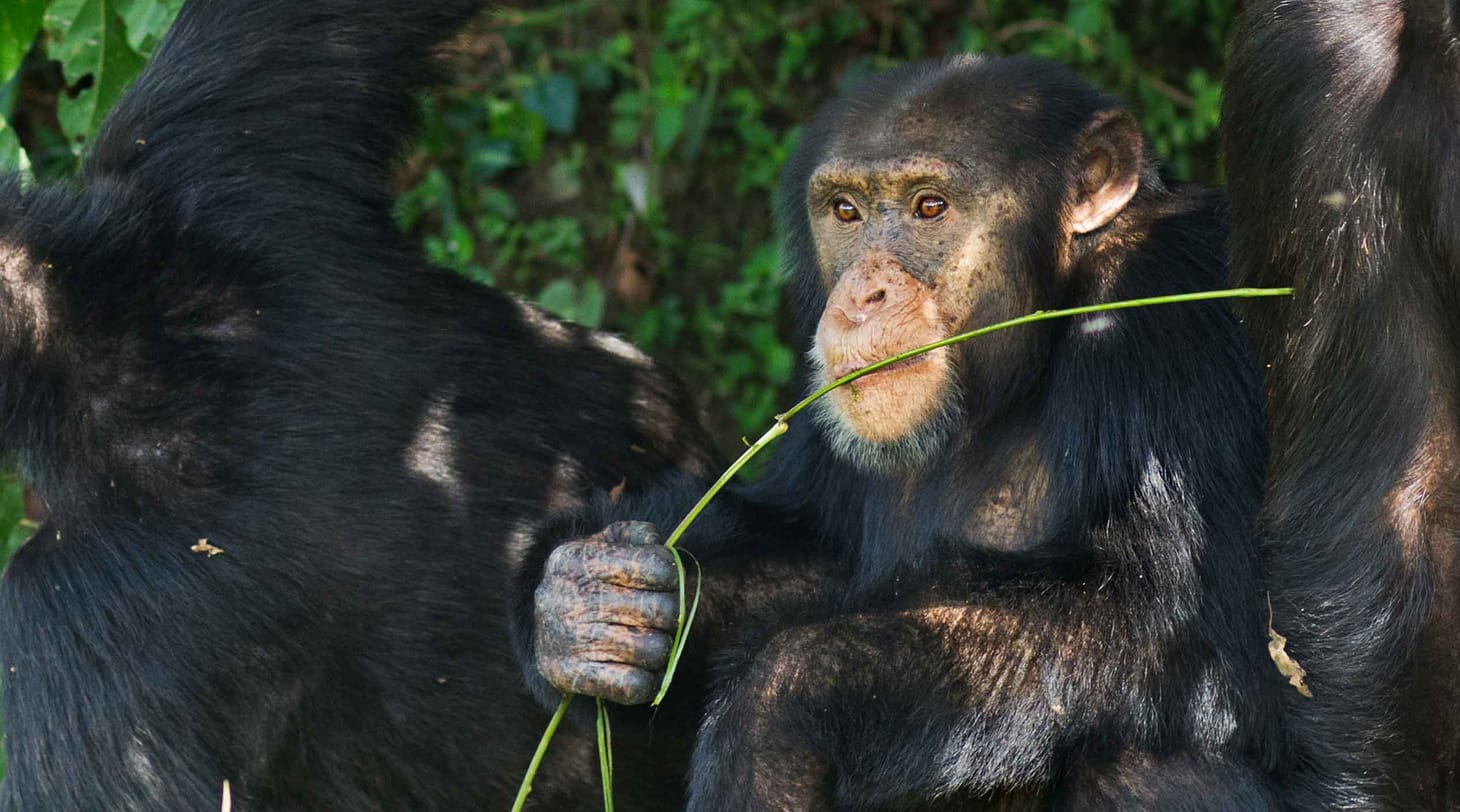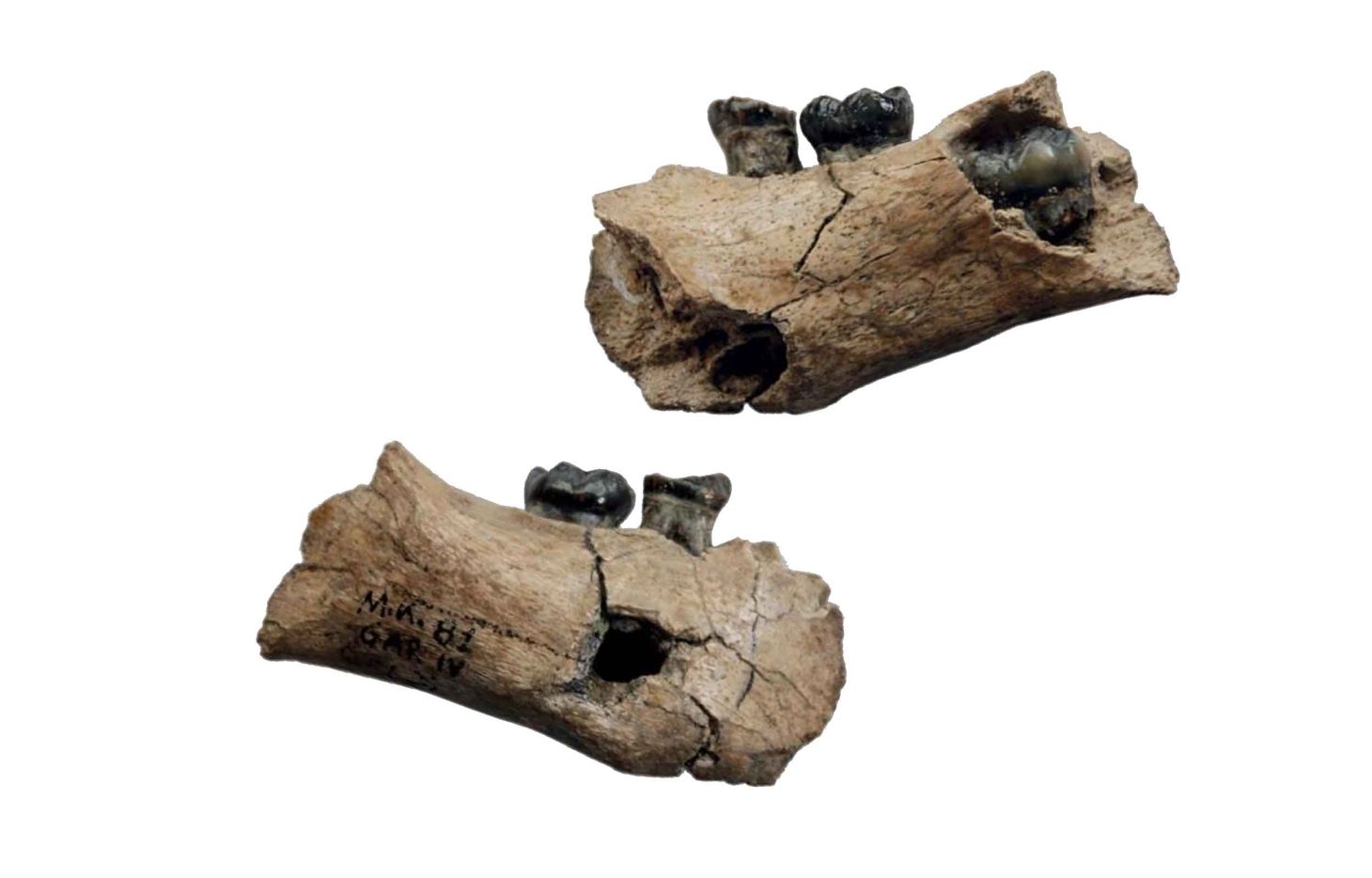Fossil profile: Sangiran 31 and the exceptionally thick skulls of Homo erectus
One of the thickest skulls in the hominin fossil record gives insight about the variation in this ancient species.

We cannot interpret the entire fossil record by limiting our view to the most extreme specimens, yet sometimes extremes are instructive. Sangiran 31 has some of the thickest cranial bone of any fossil member of our genus. Its nuchal torus, or occipital torus, which sticks out above the origin of the trapezius muscles and the insertion of the splenius capitis muscles on the back of the skull, is thicker and more projecting than any other fossil human relative. The fossil only includes the posterior portion of the cranial vault, so we do not know what the face or jaw of this individual would have looked like.
This individual lived sometime between 1.27 million and 900,000 years ago, on what is today the island of Java. At times in the Pleistocene that island was connected to the other large nearby islands of Borneo and Sumatra, and to the Asian mainland. Other fossils attributed to Homo erectus from Indonesia from this general period of time also have quite thick cranial bone, and generally thick cranial bone is a feature found in most Homo erectus skulls. Likewise many Homo erectus skulls have a projecting and well delineated nuchal torus.
With traits that are so distinctive and so different from most living people, it’s natural to ask why these evolved. These are not traits that Homo erectus inherited from earlier hominin ancestors, they evolved within H. erectus and later hominins evolved differently. What was the advantage of a nuchal torus? Why did Homo erectus have such thick cranial bone?
These questions don’t have well-tested scientific answers. In today’s people, thickening of the cranial bone and increasing size and prominence of “superstructures” like the occipital torus and superciliary arches tend to be slightly correlated, and correlated with cranial size. Muscle entheses on the skull like the superior nuchal line can be correlated with muscle strength and use, but it’s not clear whether any effects of use of the muscles make a difference to torus development. The developmental processes by which these traits appeared in H. erectus are long gone, so studying correlations in living people may not be very useful to understanding them in extinct hominin populations.
My personal favorite hypothesis is that H. erectus evolved thick cranial bone because it helped resist injuries. This hypothesis is supported by the quite high frequency of healed lesions on the exterior surface of the skull in H. erectus fossils. But this hypothesis does little to explain a structure like the occipital torus, nor does it explain why other populations of ancient humans like the Neandertals had thinner cranial bone, despite also displaying a good number of healed cranial lesions.
John Hawks Newsletter
Join the newsletter to receive the latest updates in your inbox.



